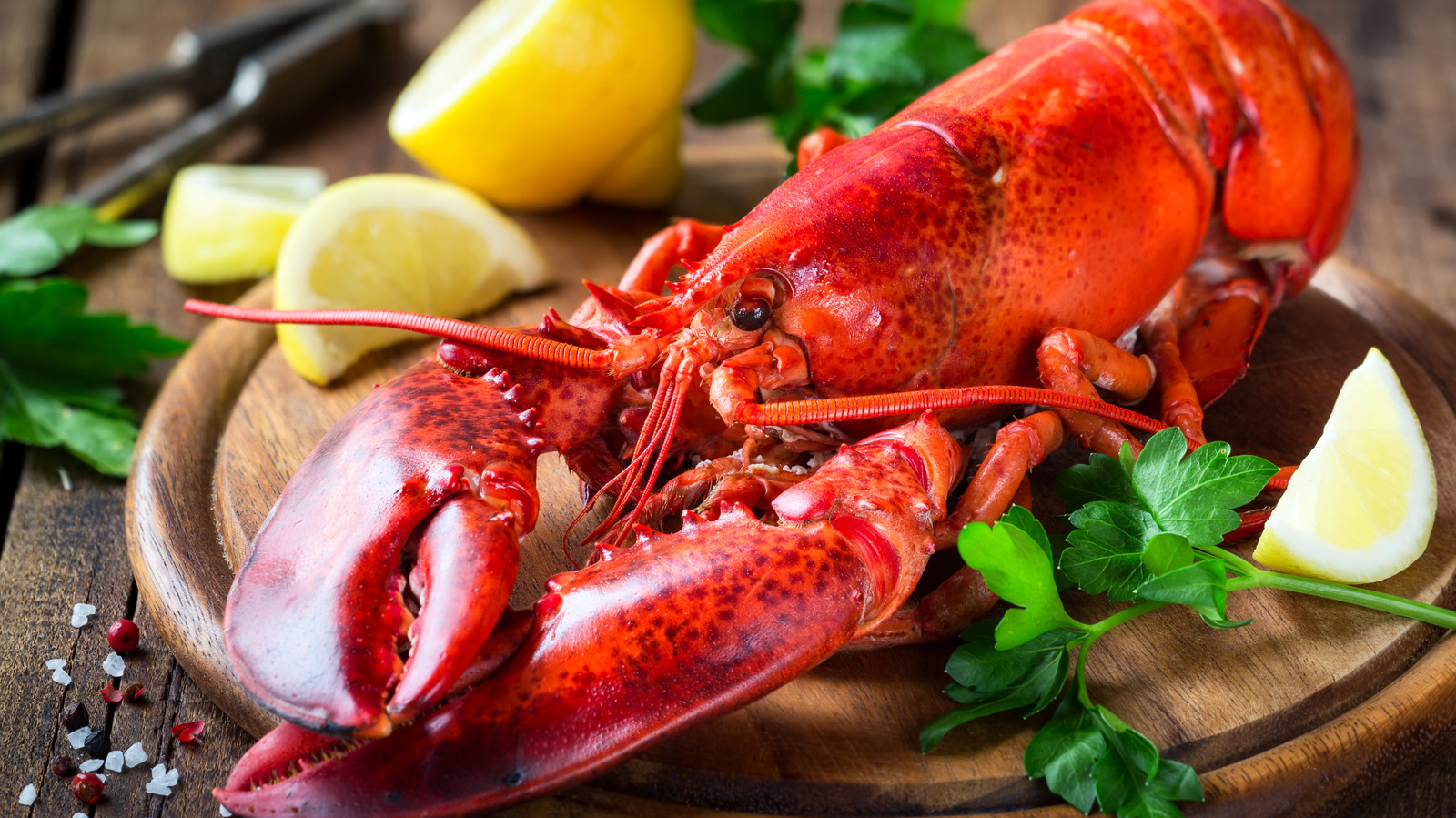
"The lobster: Jurassic sea bugs donned in hard-shelled pinchers, no shortage of wiggly little legs, and exoskeleton for gourmands to spelunk with a nutcracker. They're a little alien-like, and a little insect-like, with their pairs of jointed legs, antennae, and eyeballs that sit perched on stalks. Still, their bugginess makes them no less delicious, from buttery lobster rolls to steakhouse-worthy lobster mac and cheese."
"Throughout time immemorial, humanity has looked at lobsters and thought "sea bug." During the Middle Ages, the French similarly extended the same word to both creatures (langouste, later langoustine). The anglicized version of the Latin "locusta" first emerged as "lopystre" or "loppestre" in the medieval English language, an ostensible fusion with the Old English "lopp" meaning "spider" (an apt comparison). Today, the Spanish language still calls lobsters and locusts by the same name (langosta)."
Lobsters present a prehistoric, insect-like appearance with hard-shelled pincers, multiple jointed legs, antennae, and stalked eyes. Culinary uses capitalize on their exoskeleton and tender meat in dishes like lobster rolls and mac and cheese. Ancient Romans called lobsters 'locusta,' the same word for locusts, and medieval French used 'langouste' and later 'langoustine.' Medieval English anglicized 'locusta' into 'lopystre' or 'loppestre,' possibly combining with Old English 'lopp' meaning 'spider.' Spanish still uses 'langosta' for both lobsters and locusts. Taxonomically, lobsters are crustaceans within Arthropoda, and morphological differences from insects are primarily habitat-based.
Read at Tasting Table
Unable to calculate read time
Collection
[
|
...
]